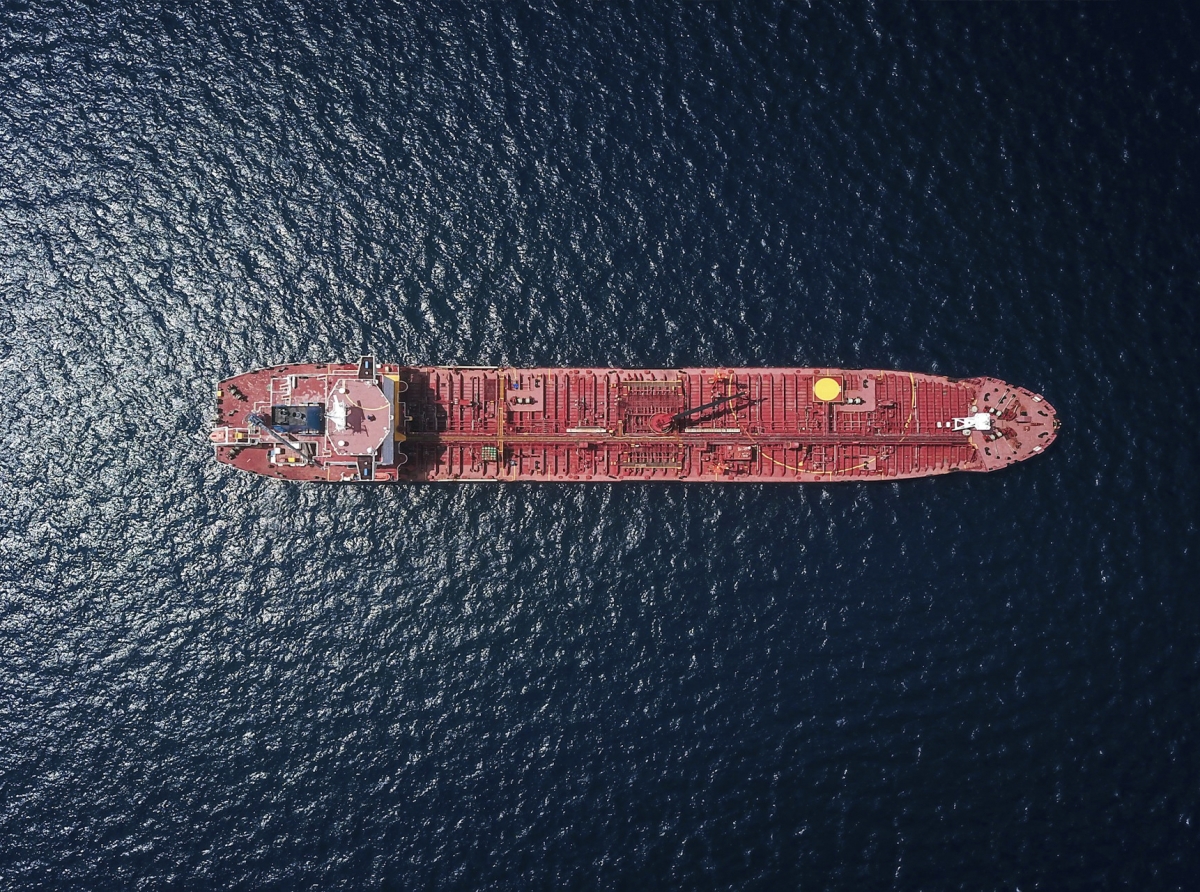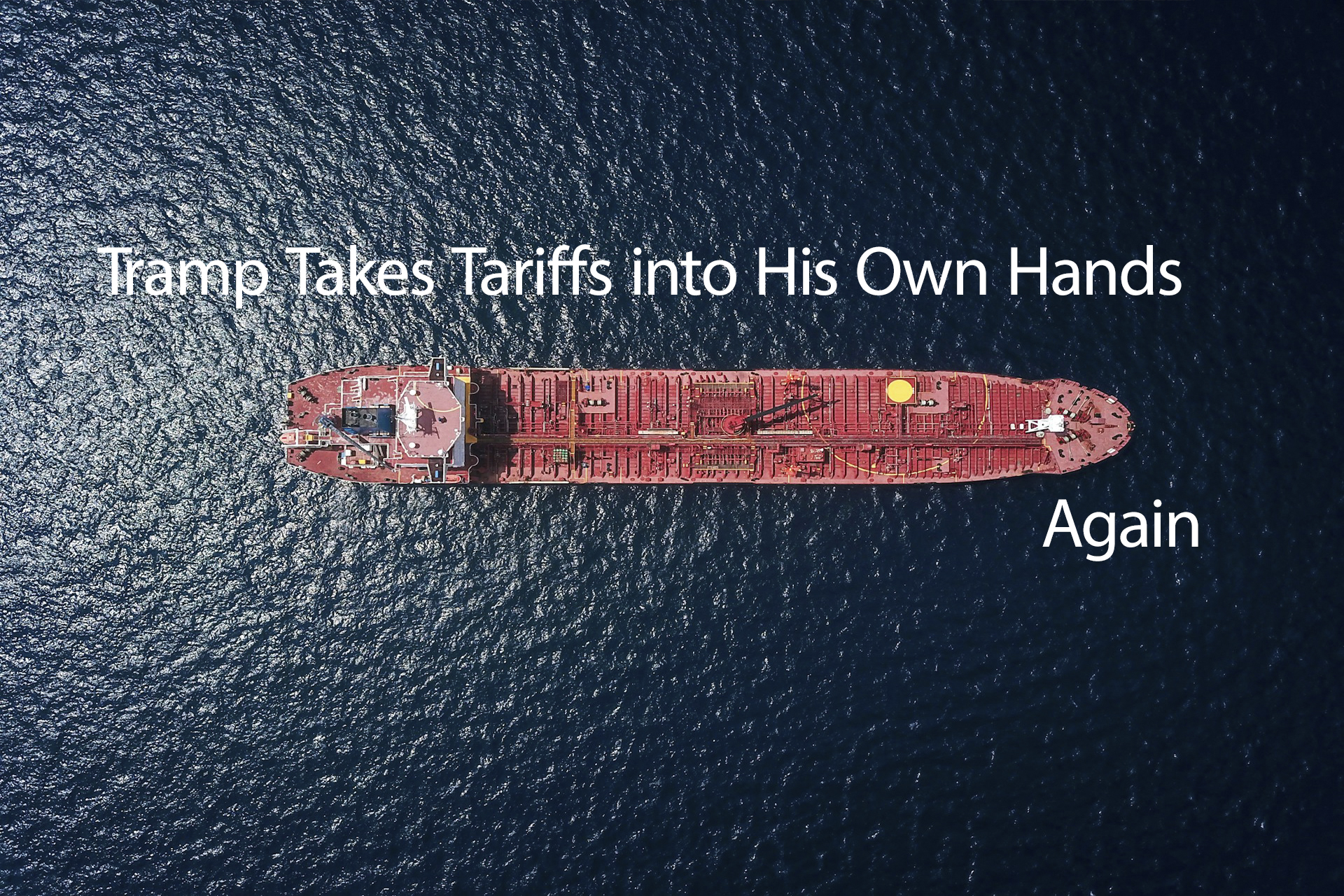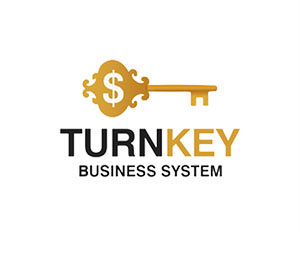Trump, Tariffs, and Bullish Play: Why the U.S. Is Risking Global Trade Again

Trump, Tariffs, and Bullish Play: Why the U.S. Is Risking Global Trade Again
On August 7, new tariff rates signed by Donald Trump come into force in the United States. At first glance, this is another round of “protectionism on schedule,” but in reality, this is a step toward a global trade reshuffle in which there are no allies or guarantees.
What has changed
Exports from dozens of countries are subject to the new rules.Laos and Myanmar — 40%, Switzerland — 39%, South Africa — 30%.
Syria got the absolute maximum — 41%.
Thailand and Malaysia got a break: duties were reduced to 19% from 36% and 24% respectively.
Taiwan — now 20% instead of the previous 32%.
Goods “transshipped” through third countries in order to circumvent sanctions will automatically fall under a 40% tariff, regardless of origin, starting August 7.
And for countries not included in the decree, a universal duty of 10% applies.

Trump, Tariffs, and Bullish Play: Why the U.S. Is Risking Global Trade Again
Tariff as a lever – and a threat
Trump is using the tariff not just as a tool to pressure China, but as a means of revising the entire architecture of global supplies. Any country whose goods reached the US through third parties is now in the crosshairs. This applies not only to Southeast Asia, but also to Europe – especially those that did not sign trade memoranda with Washington last year.The list of “privileged” countries has been reduced to a minimum: Japan, South Korea, the EU – and not all of that. Everything else is subject to the “global default tariff.”
Why now?
Washington is rushing to seize control over trade flows before the end of the year. Negotiations with China are still stuck - the parties have not reached an agreement either in Stockholm or in Geneva.Tariff escalation is a way to drag China into a dialogue with a strict pre-setting: concessions - or 40% on all exports.
At the same time, bargaining is underway with allies. Canada was "shown" a possible tariff of 35%, the EU - 28%, although these figures have not yet been approved.
But the fact itself is a signal that the "special relationship" is no longer there.
Trading as an influence strategy
If tariffs were a tactical strike in 2018, they are now an architectural redesign.The U.S. is not simply walling off unwanted imports. It is rerouting capital, resources, and technology while boosting domestic production.
And there is no contradiction here with the vision of AI, Big Tech and the new economy. On the contrary, “smart” trade under national control will become the basis for AI strategies: logistics, chips, infrastructure – all this is tied to supplies.
Market reaction
Asian indices went into the red immediately after the decree was published: Kospi -3%, Nikkei -0.66%. Australia responded with a drop in stocks in the logistics sector. Markets quickly calculate: if the transit route from China is no longer saving, then the value chains are being disrupted, and that means losses.The raw materials market is showing cautious growth as traders await supply disruptions and, therefore, short-term price surges.
What's next?
There are several options. The most likely are counter-tariffs from China and targeted measures from the EU.But the main thing is the expansion of the new logic: “you are in the system or against it.” For investors, this means increased uncertainty, especially in commodity assets and FX directions related to Southeast Asia.
Trump's bet is to seize not only logistics but also global momentum. And if he wins the election, the August 7 decree will not be an episode, but the starting point of a new trade era.
Written by Ethan Blake
Independent researcher, fintech consultant, and market analyst.
August 1, 2025
Join us. Our Telegram: @forexturnkey
All to the point, no ads. A channel that doesn't tire you out, but pumps you up.
Written by Ethan Blake
Independent researcher, fintech consultant, and market analyst.
August 1, 2025
Join us. Our Telegram: @forexturnkey
All to the point, no ads. A channel that doesn't tire you out, but pumps you up.









Report
My comments